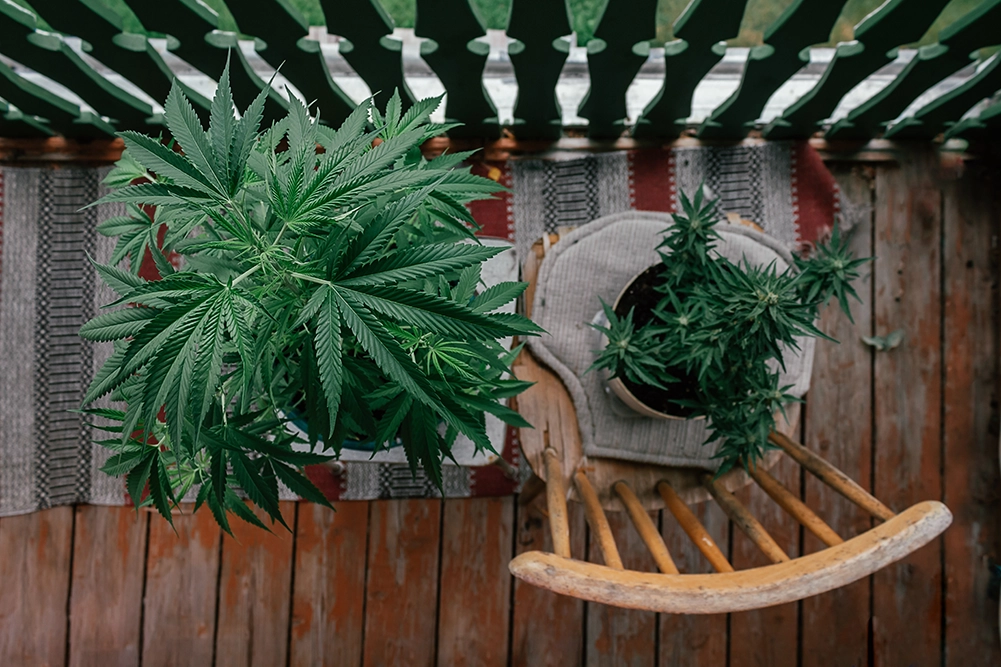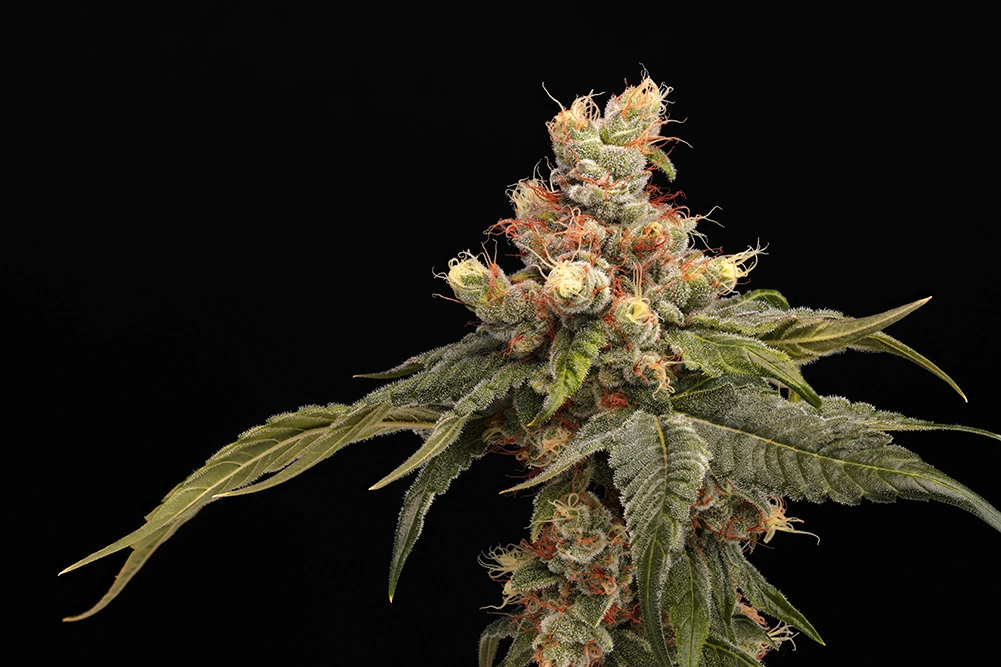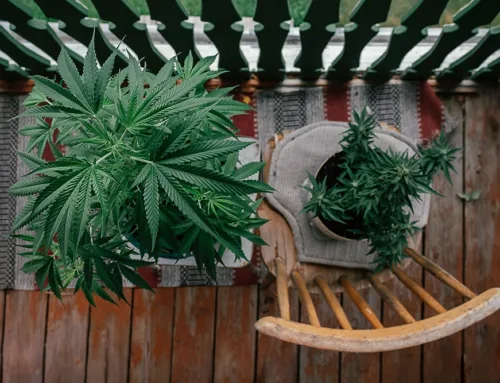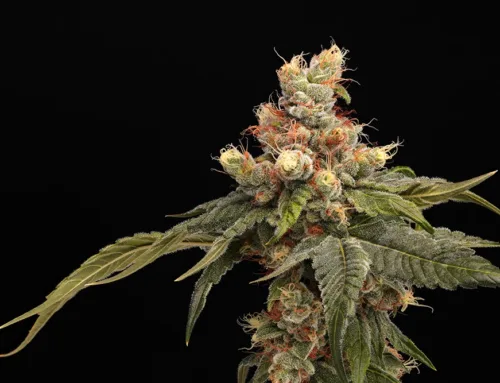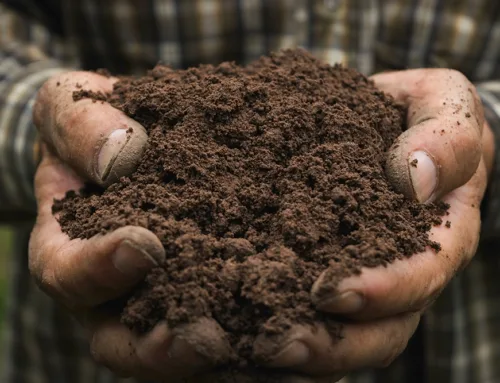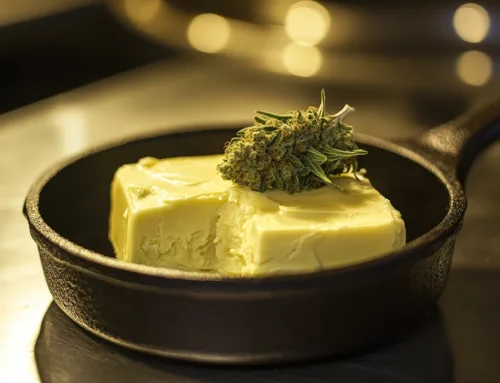Over and Under Ripe Buds
Flowering: Over Ripe Buds and Under Ripe Buds
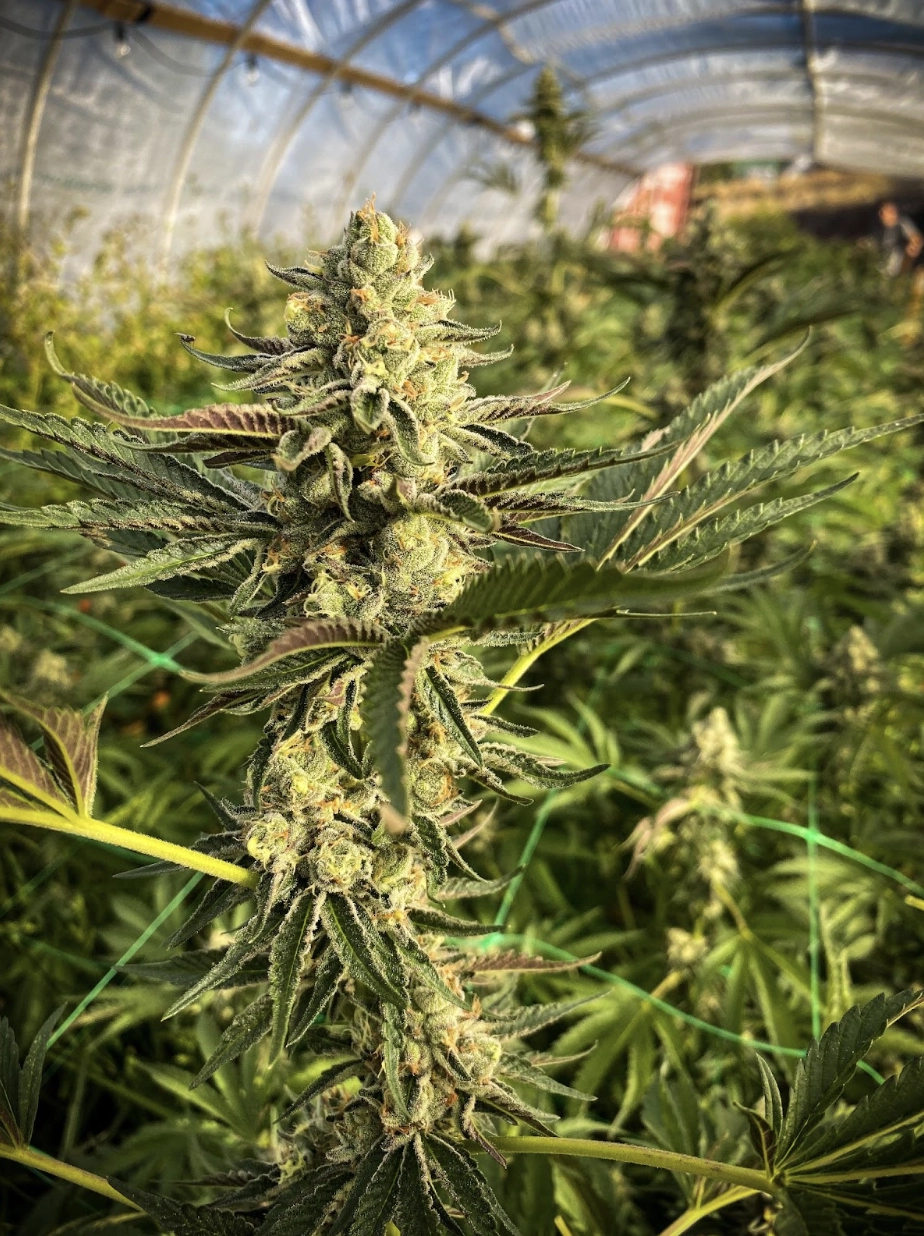
After months of care and nurturing, the moment has finally arrived: it’s time to harvest your cannabis plant. But here’s the dilemma that every new cannabis grower faces—how do you know exactly when your plants are ready for harvest?
The answer lies in the delicate balance between patience and knowledge. As a grower, it’s crucial to understand not only the entire flowering process but also how to distinguish between over-ripe and under-ripe buds.
This knowledge ensures that you’ll reap the rewards of your hard work, harvesting at the right moment when your cannabis buds are at their peak in terms of potency and flavor. In this journey through the flowering stage, we’ll explore the telltale signs of ripeness, examine the differences between over-ripe and under-ripe buds, and give you with the insights to ensure a successful cannabis harvest.
Anatomy of a bud: pistils vs trichomes
To gauge ripeness, you need to know the basic anatomy of a bud, specifically the pistils and trichomes. Picture pistils as the delicate “hairs” on the bud, while trichomes are the tiny, glistening crystals covering the surface.
These pistils, or hairs, curl inward and change in color as the bud matures, starting as white or light-pink and gradually transitioning to darker hues, such as orange or amber. When the pistils have darkened, it’s a sign that the bud is approaching ripeness.
On the other hand, trichomes are microscopic resin glands that cover the entire surface of cannabis flowers. These resin glands contain the cannabinoids and terpenes that give cannabis its unique effects and flavors. When it comes to trichomes, you’ll want to pay close attention to their color and clarity.
Understanding the interplay between pistils and trichomes is necessary o gauging bud ripeness accurately. While pistils provide a visible sign, trichomes offer a more precise measure of cannabinoid maturity. As you continue to read, you’ll gain a deeper understanding of how these signs work together to determine the ideal harvest time.
How to identify over-ripe buds
Over-ripe buds represent a stage of cannabis maturity that’s often less desirable for most growers. One clear indicator of overripe buds is the darkening of both pistils and trichomes. Overripe cannabis buds will have less psychoactive properties, or less THC because THC begins to degrade in the presence of oxygen and light. THC begins to turn into CBN as it degrades.
You can determine if your buds are over-ripe by looking at both the trichomes and pistils’ color. The plant will begin to look sun faded and brown. Looking the vibrant appearance it had at the peak of ripeness.
Over-ripe trichomes
To get a clear picture of the trichomes on your cannabis plant you will need a handheld magnifier, either a digital microscope or jeweler’s loupe will work. Under magnification you will notice the trichomes covering the buds will all turn amber and brown, signaling a significant change in the chemical composition.
At this point, the THC, the cannabinoid responsible for the psychoactive effects of cannabis, begins to degrade into CBN (cannabinol). This transformation not only reduces the potency of the bud but also alters its appearance, making the entire bud look brownish. Over-ripe buds can result in a less enjoyable and less potent cannabis experience, so growers need to monitor their plants closely to avoid reaching this stage.
Over-ripe pistils
Like trichomes, over-ripe pistils will turn darker in color and become brittle which can result in a harsh smoke. The pistils, which were once vibrant and often white or light-colored, will have all turned brown. Once ALL the pistils have changed colors and there are no longer any white hairs your cannabis bud has probably become over-ripe.
Is an over-ripe bud worth harvesting?
The question of whether to harvest over-ripe buds is a tuff one, and the answer depends on individual circumstances and preferences. If you wait too long to harvest you may have lost some of the THC and psychoactive potency, but they still hold medicinal value.
Over-ripe cannabis tends to contain higher levels of CBN, a cannabinoid with its own set of narcotic properties. CBN is known for its potential to promote relaxation, relieve pain, and sleep aid. For individuals seeking relief from insomnia, muscle spasms, or chronic pain, CBN-rich cannabis products can be beneficial. CBN has shown promise in reducing inflammation and acting as an appetite stimulant, making it a potential treatment for various health conditions.
So, while you may not want to smoke over-ripe buds, they can still offer valuable medicinal benefits in both edible and tincture forms.
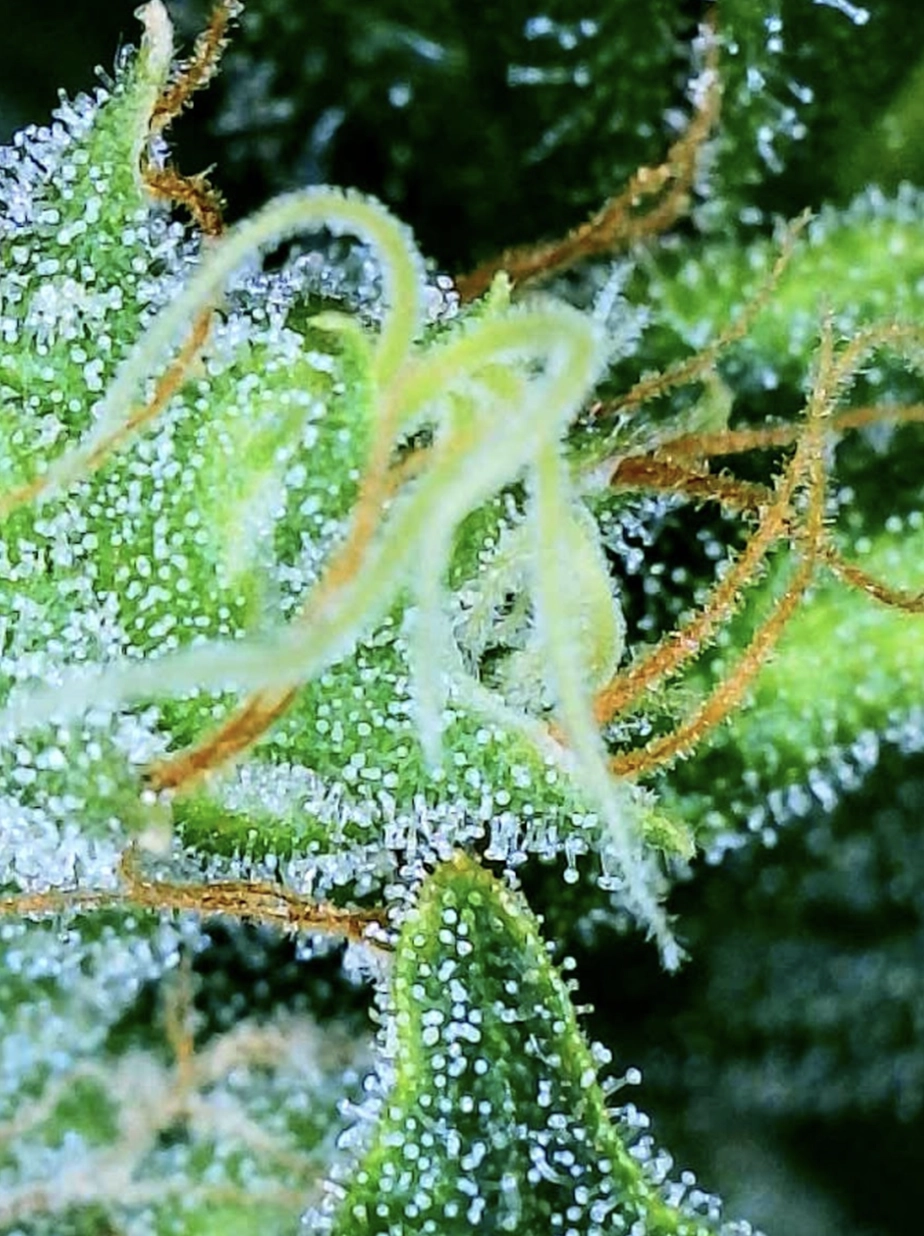
How to identify under-ripe buds
Now that we’ve covered over-ripe buds, let’s shift our attention to under-ripe buds. These are buds that haven’t reached their full potential and are harvested prematurely. Understanding the signs of under-ripeness is essential for achieving the best possible quality in your cannabis harvest.
One of the most telling signs of under-ripeness is the color of both the trichomes and pistils.
Under-ripe trichomes
In under-ripe buds, trichomes often appear clear or remain mostly translucent, lacking the cloudy or amber hue that indicates maturity. This signifies that the cannabinoids and terpenes within these resin glands have not fully matured.
Under-ripe pistils
Simultaneously, the pistils, which are typically white or light-colored in early stages, will have only undergone minimal color change, failing to turn darker or curl inwards.
What happens when you harvest too early?
When buds are harvested prematurely, the full spectrum of cannabinoids, such as THC and CBD, may not have had a chance to fully develop. Instead, you may find higher levels of CBG (cannabigerol), a precursor cannabinoid with milder effects compared to THC. Additionally, terpenes, the aromatic compounds responsible for the diverse flavors and aromas of cannabis, may not have fully matured, leading to a less complex and less aromatic product.
When it comes to under-ripe buds, trichomes can provide valuable insights. As mentioned earlier, trichomes go through stages of development, from clear to milky-white to amber. When trichomes remain mostly clear or have just begun to turn cloudy, it’s a sign that the buds are not yet ripe.
Optimal Ripeness
Now that you know how to determine under-ripe and over-ripe buds you can decide what a ripe cannabis bud means to you. Harvesting at the right time will vary depending on the cannabis strain you are growing and what type of high you are looking for from it.
If you are looking for a lighter and uplifting active high, you will harvest when less than 25% of the trichomes have turned amber and there is more THC-A present. Alternatively, if you are looking for a more sedative couch locked high you will want to harvest when there is more than 50% amber trichomes.
Keep in mind that the effects are further influenced by the presence of terpenes, which are linked to sativa and indica strains. This phenomenon is referred to as the “entourage effect,” and it’s worth exploring, as a consumer and a cultivator. Maintaining strain-specific notes and observing variations during consumption will be your key to discovering the ideal ripeness for each strain in your arsenal.



